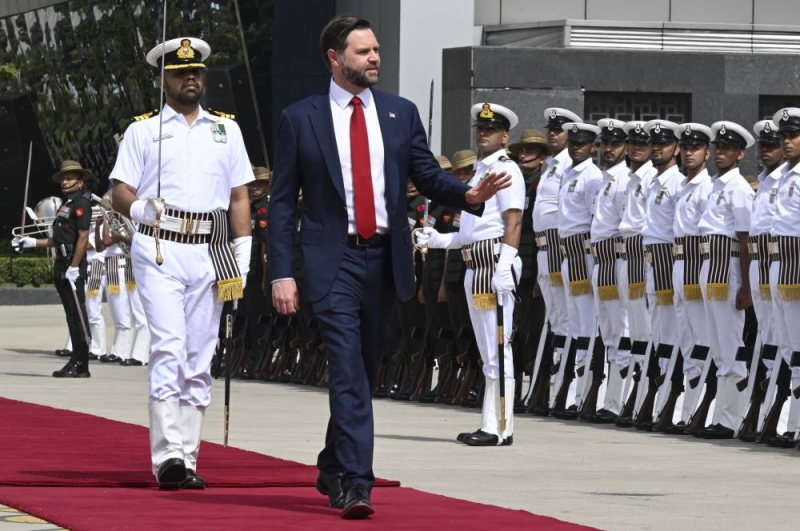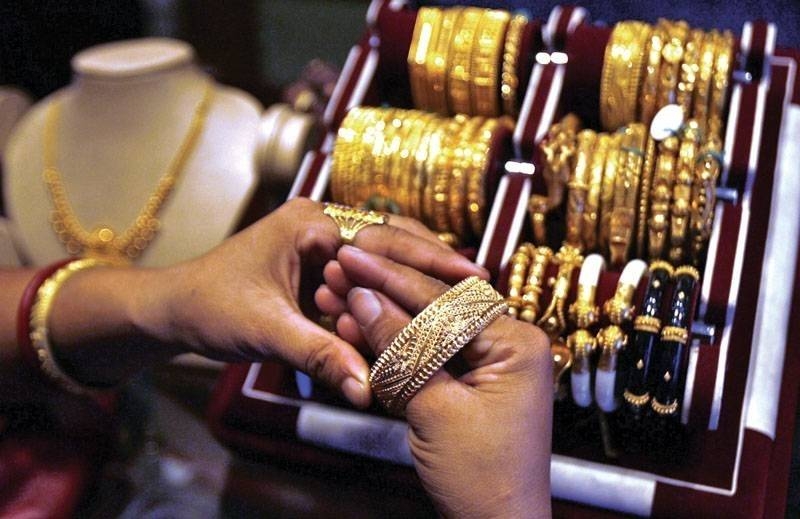Historical Bijayapur Durbar awaits restoration
Historical Bijayapur Durbar awaits restoration
Published: 12:00 am May 15, 2002
Approximately two hundred-year-old ‘Kiratkalin Durbar’ (palace of Kirat dynasty) located under Bijayapur area with its own historical and archaeological importance is slowly disintegrating day by day.
It is learnt that until late king Pritivi Narayan Shah’a victory over Bijayapur, Kirat kingdom was considered as the one of the most notable fiefdoms in the country. Artefacts of archaeological importance, which have survived as a witness that the dynasty had offered, are now slowly disintegrating.
While the deterioration is being expedited due to all the unfavourable situations, the government has also been turning a blind eye to the pathetic state of the palace that was at the time of its glory, a major landmark. The historical significance of the palace seems to have lost the appeal to the government, which has other major issues to attend to, in the current political climate.
A few scattered bricks are the sole remnants of what was a glorious edifice.
The palace of Buddhikarna Rai, the last king of the Kirat dynasty, is reported to have been situated in the area till 1778, state some archaeologists. And the palace can still be seen inside the Panchapanya reserve area, Dharan, which is dire need of renovation.
The local festival ‘Udhauli-Ubhauli’ organised at the palace by the Kirat Rai Yakkhyas, serves to some extent to solicit public vigil at least once a year and this has kept the palace under the care of the locals until now.
On the occasion a dance called ‘Chandi’ belonging to Kirat Rais is presented which has a spiritual connotation to it and actively involves the people of the community – united through the spiritual power.
An energetic pioneering youth and the community activist, Rajkumar Dikpal (Subba), is worried on the decline of the remnants of the palace. He says that those who raise the voice in the subject of uplifting the condition of several nationalities and ethnic groups organising programmes at the star hotel in the capital city Kathmandu, should have had a positive attitude over the preservation and renovation of such historical edifices, which reflects the image of Nepal, not only inside the country but also in international arena.
According to a book entitled “A Short Story of Kiratkalin Bijayapur” written by archaeologist Iman Singh Chemjong, Bijayapur area previously known as ‘Bijayapurgadhi’, was established by the then king Bijaya Narayan Rai in 1585. Since then the area has been recognised with his name, the locals believe.
At that time, Bijayapurgadhi is thought to have been the capital of the kingdom whereas the place known as Bijayapur area included some present Village Development Committees (VDC) of Sunsari and Morang districts.
Similarly, in 1762 a person called Kamdatta Sen, having attacked Bijayapur, defeated Buddhikarna Rai, and then king of the kingdom. In a rage of revenge, Buddhikarna Rai killed Kamdatta Sen and took back the palace again. Later on, late king Pritivi Narayan Shah, during his mission to unite Nepal had attacked over Bijayapur. It is learnt that despite his attack seventeen times, he could not get a victory over this kingdom. But during his eighteenth attempt, king Prithivi Narayan Shah joined some Magars in his troops and breached the security before being successful. Defeated and demoralised, Buddhikarna fled from the scene.
Prithvi Narayan Shah died aware of a revenge and longing to kill the fleeing Rai. However, Pratap Singh Shah killed Bddhikarna Rai.
Meanwhile, according to a famous book ‘An Account of the Kingdom of Nepal’ written by a British archaeologist Francis Hamelton, when the soldiers of Pratap Singh Shah met Buddhikarna Rai, they killed him brutally. He was hanged on a tree and skinned to death.
Anthropologists like Dor Bahadur Bista have underlined the importance of Kiratkalin Bijayapur area in his books ‘Fatalism and Development’ and Sabai Jat Ka Phoolbari (a garden with all kinds of flowers). Likewise, Siva Kumar Shrestah, an anthropologist describes the same in his book entitled ‘Limbuwan Ko Aitihasik Adhyayan’. In connection with his concept of Novel Nepal by reducing the number of the districts recently forward by sociologist, Dr Harka Gurung has also shown the importance of Bijayapur area. He adds that Bijayapur should be entitled as a new district in the map of Nepal including Sunsari and Morang districts.



